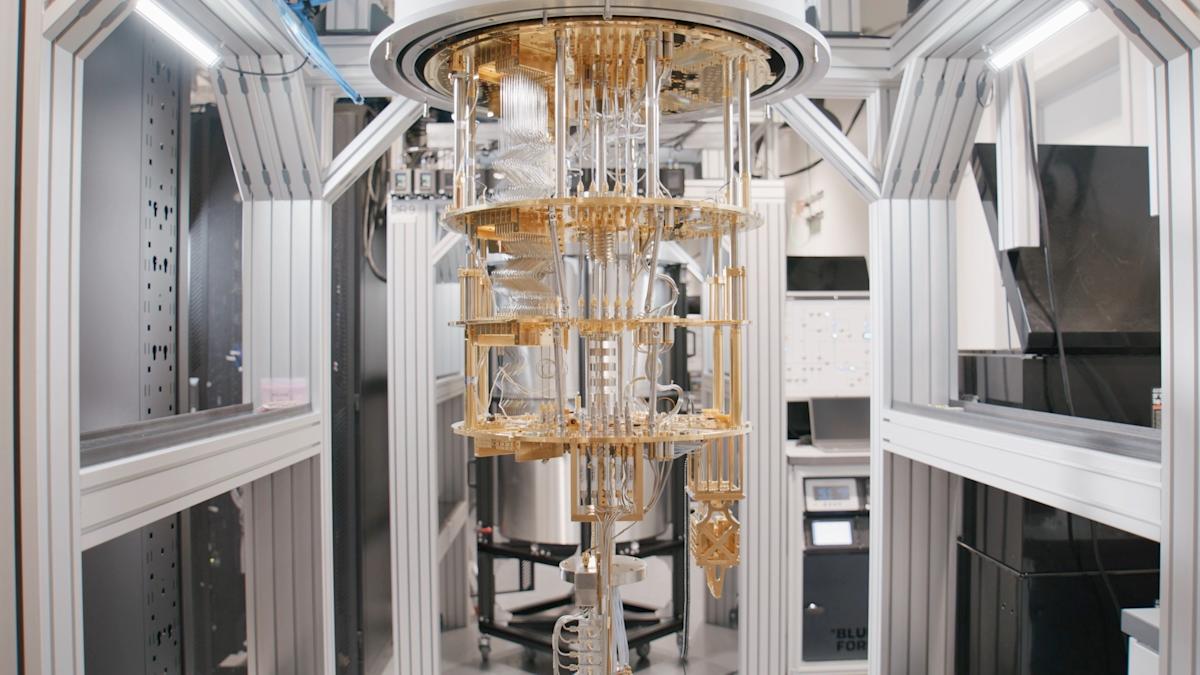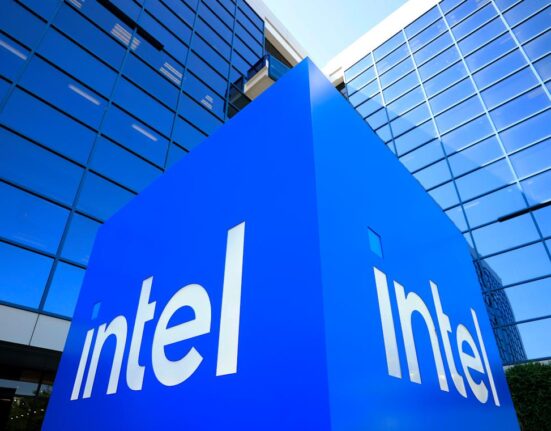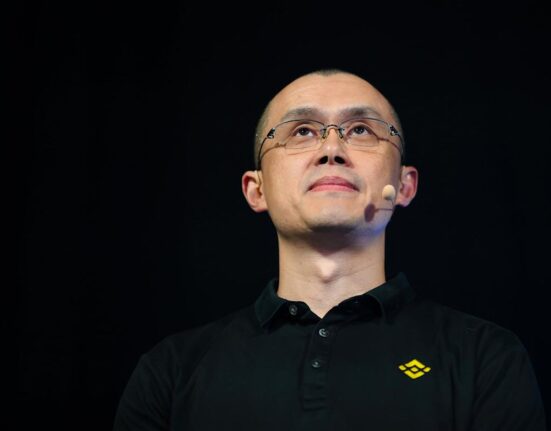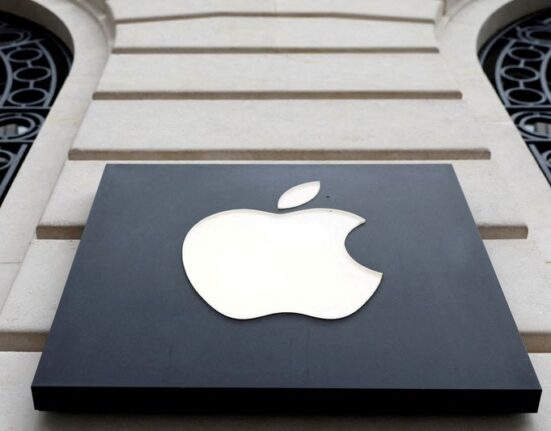Quantum computing might sound like the kind of sci-fi plot device used to explain how a character traveled through time or shrank to the size of an ant. But the technology is very real, and Silicon Valley is increasingly jumping on the quantum train.
Amazon (AMZN), Google (GOOG, GOOGL), and Microsoft (MSFT) have each announced their own quantum computing chips over the last year. Nvidia (NVDA) has also announced its own quantum investments and hosted its first-ever Quantum Day as part of its annual GTC developer conference March. IBM (IBM), Intel (INTC), and a slew of other companies are also working on their own chips.
And now the Trump administration is reportedly planning to invest in some of the US’s quantum-focused firms. According to The Wall Street Journal, The White House is discussing taking stakes in companies like IonQ and Regetti Computing in exchange for federal funds. That sent shares of quantum companies soaring Thursday, with IonQ rising more than 11%.
Quantum computers are expected to be able to complete calculations in minutes and hours that would take classic computers, the kind you and I use every day, thousands of years to finish. What does that mean in a practical sense? The potential for massive advancements in material sciences, chemistry, medicine, and more. After all, scientists and researchers will be able to run calculations they’d otherwise only be able to dream of with today’s computers.
But what exactly is a quantum computer, and what makes it so special? We’ve got the answers you’re looking for.
To better understand quantum computers, let’s talk about classical computers first. Your laptop, smartphone, even your smartwatch have processors known as central processing units (CPUs). These are the brains of modern computers.
Every CPU has what are called transistors. Think of transistors as little switches inside your computer that react to an electrical signal. You’ve probably heard chipmakers brag about how many billions of transistors their chips have. Apple talks up the 28 billion transistors on its M4 chips for its Mac and iPad, while Nvidia says its Blackwell chips have 208 billion transistors.
CPUs translate the apps and programs you use every day via those electrical pulses using what is known as binary code, a kind of machine language made up of 1s and 0s. Each 1 and 0 is called a bit.
Strings of bits make up the complex series of instructions that, after running through modern programming languages, are translated into the videos and images you see on your screen, the games you play, and the apps you use throughout the workday.
Quantum computing might sound like the kind of sci-fi plot device used to explain how a character traveled through time or shrank to the size of an ant. But the technology is very real, and Silicon Valley is increasingly jumping on the quantum train.
Amazon (AMZN), Google (GOOG, GOOGL), and Microsoft (MSFT) have each announced their own quantum computing chips over the last year. Nvidia (NVDA) has also announced its own quantum investments and hosted its first-ever Quantum Day as part of its annual GTC developer conference March. IBM (IBM), Intel (INTC), and a slew of other companies are also working on their own chips.
And now the Trump administration is reportedly planning to invest in some of the US’s quantum-focused firms. According to The Wall Street Journal, The White House is discussing taking stakes in companies like IonQ and Regetti Computing in exchange for federal funds. That sent shares of quantum companies soaring Thursday, with IonQ rising more than 11%.
Quantum computers are expected to be able to complete calculations in minutes and hours that would take classic computers, the kind you and I use every day, thousands of years to finish. What does that mean in a practical sense? The potential for massive advancements in material sciences, chemistry, medicine, and more. After all, scientists and researchers will be able to run calculations they’d otherwise only be able to dream of with today’s computers.
But what exactly is a quantum computer, and what makes it so special? We’ve got the answers you’re looking for.
To better understand quantum computers, let’s talk about classical computers first. Your laptop, smartphone, even your smartwatch have processors known as central processing units (CPUs). These are the brains of modern computers.
Every CPU has what are called transistors. Think of transistors as little switches inside your computer that react to an electrical signal. You’ve probably heard chipmakers brag about how many billions of transistors their chips have. Apple talks up the 28 billion transistors on its M4 chips for its Mac and iPad, while Nvidia says its Blackwell chips have 208 billion transistors.
CPUs translate the apps and programs you use every day via those electrical pulses using what is known as binary code, a kind of machine language made up of 1s and 0s. Each 1 and 0 is called a bit.
Strings of bits make up the complex series of instructions that, after running through modern programming languages, are translated into the videos and images you see on your screen, the games you play, and the apps you use throughout the workday.










Leave feedback about this